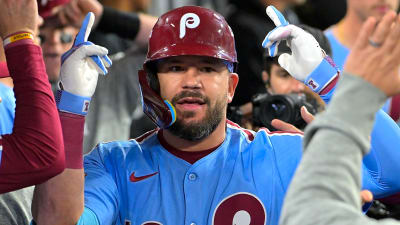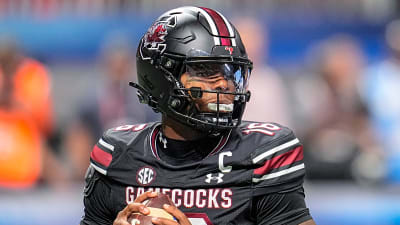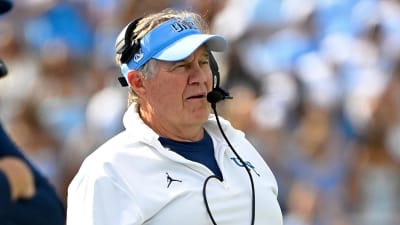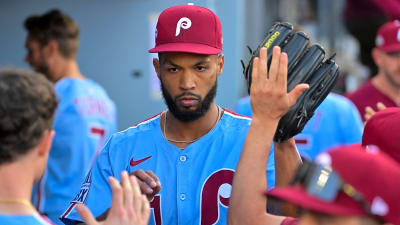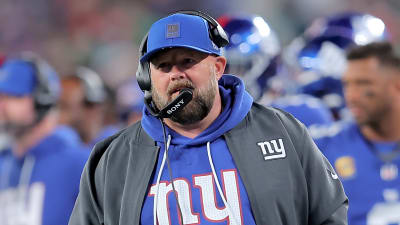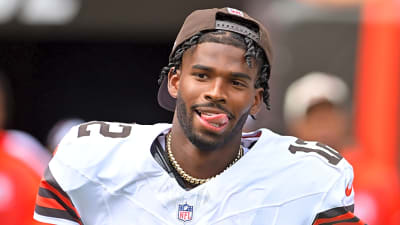Years of weak leadership and poor roster construction have left Miami searching for direction
The Miami Dolphins’ latest struggles are not about bad breaks, injuries or luck. They’re about leadership — or the lack of it. For nearly a decade, general manager Chris Grier has been the architect of a franchise that continues to underachieve despite talent, resources and fan support.
The Dolphins sit at 1–5 to open the 2025 season, a skid that follows an 8–9 finish last year and a first-round playoff loss the season before that. After years of big spending and high expectations, Miami still lacks a clear identity — and that failure begins at the top.
A pattern of roster imbalance
Grier’s tenure has produced flashes of promise but no sustained success. The Dolphins have elite talent at key positions — Tua Tagovailoa, Tyreek Hill, Jaylen Waddle — yet their supporting cast remains unstable. The most glaring problems, season after season, come in the trenches and the secondary — two areas that have undermined Miami’s playoff hopes and exposed Grier’s shortcomings as a team builder.
The offensive line remains one of the league’s most unreliable units despite years of investment. Austin Jackson and Liam Eichenberg were drafted to stabilize the group, but the results have been the same: inconsistent protection, a weak interior, and a constant rotation of short-term free agents. Tagovailoa continues to take unnecessary hits, and the running game still depends more on scheme than blocking.
The secondary, once a point of pride, has fallen apart since the departures of key veterans. The mix of youth and mid-tier veterans Grier assembled this season hasn’t held up. Missed assignments, communication breakdowns and lack of depth have cost Miami repeatedly in big moments. The Dolphins rank near the bottom of the league in pass defense efficiency, a glaring statistic for a team built to compete in the AFC’s pass-heavy landscape.
Defensively overall, the front seven lacks consistent push and rotation depth. Bradley Chubb and Jaelan Phillips are top-end players when healthy, but injuries and limited depth behind them have left Miami exposed. Grier’s roster-building philosophy — leaning on a few expensive stars while cutting corners on depth — continues to backfire.
A culture without accountability
Beyond personnel, the Dolphins’ culture has reflected the same lack of balance. Discipline issues, missed meetings and inconsistent effort have been recurring themes across multiple seasons. When players aren’t held to a standard, the message becomes clear: talent outweighs accountability.
Coach Mike McDaniel has earned praise for his creativity and relatability, but even he has admitted discipline remains a challenge. A strong general manager supports his coach by setting a tone from the top. Instead, Grier’s leadership has allowed loose standards to persist.
The “culture reset” that Grier and McDaniel spoke about last season now looks more like a talking point than a transformation. Linebacker Bradley Chubb’s blunt admission that players “were lying” about culture change last year underscored the disconnect between words and reality.
Big spending, small results
Few NFL teams have been as aggressive in recent years as Miami. The Dolphins traded for Tyreek Hill, Jalen Ramsey and Bradley Chubb while committing top-dollar contracts across the roster. That push delivered playoff berths in 2022 and 2023, but both runs ended in quick exits. Then came 2024, when Miami missed the postseason entirely despite entering the year with one of the league’s most expensive and experienced rosters.
The Dolphins have proven they can reach the playoffs — but not stay there. Despite the star power, the same structural problems persist: a leaky offensive line, a patchwork secondary, and a roster that looks great on paper but rarely in December.
Owner Stephen Ross has backed Grier repeatedly, valuing continuity over chaos. But at some point, continuity without results becomes complacency. The Dolphins’ recurring issues — poor line play, defensive breakdowns and a lack of identity — have persisted under the same leadership structure.
The accountability question
Every NFL organization reflects the priorities of its leadership. The best front offices build from the inside out — finding linemen, developing depth and creating a system that sustains success. Under Grier, Miami has too often done the opposite, chasing flash over foundation.
That approach has left the Dolphins talented but fragile — capable of explosive wins but prone to collapses when adversity hits. The 1–5 start to this season is just the latest example of that fragility. Until the team builds an identity grounded in consistency, toughness and accountability, it will continue to live in the NFL’s middle ground: not bad enough to rebuild, not good enough to contend.
A defining crossroads
Chris Grier’s tenure has reached a defining moment. The Dolphins have invested heavily in their current core, but the returns no longer justify the cost. The roster is expensive, uneven and aging in key spots. The front office, meanwhile, has yet to prove it can correct its own mistakes.
Miami’s problem isn’t talent. It’s leadership. The Dolphins have the pieces to win — but under Grier’s direction, they’ve repeatedly failed to fit together. Unless that changes, the organization will continue to drift in the same frustrating cycle: high expectations, low results and the same conversation every year.
More must-reads:
- Browns' Kevin Stefanski addresses outside noise amid job security rumors
- What Fred Warner told 49ers teammates after suffering season-ending injury
- The '2024 TD catch leaders by team' quiz
Breaking News
Trending News
Customize Your Newsletter
 +
+
Get the latest news and rumors, customized to your favorite sports and teams. Emailed daily. Always free!

